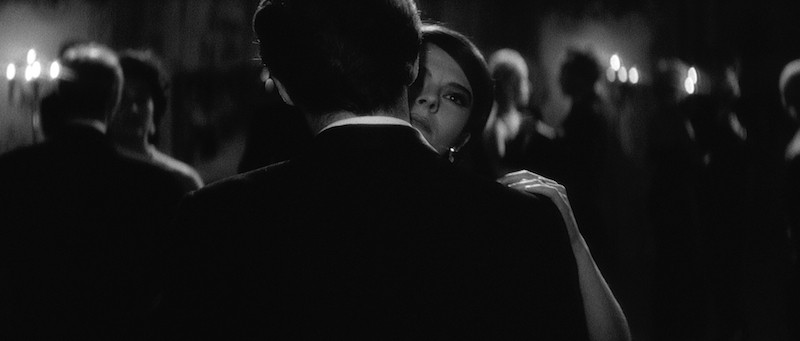
Welcome to The Queue — your daily distraction of curated video content sourced from across the web. Today, we’re watching a video essay that explores how the waltz became a cinematic staple.
What does it mean to call something especially “cinematic”? At the risk of being a slimy little sophist, calling something “cinematic” can mean a wide variety of things. But generally, at the broadest level, it tends to mean that something is particularly well-suited (whatever that may mean) to cinema as a medium.
Examples are helpful here. Cooking, I think, is one of these vague, interdisciplinary things that really comes alive on-screen. I think you could make a similar case for smoking, which, unfortunately, looks incredibly cool on the big screen. And, as we’ve discussed previously in this column, there’s no denying that cinema and dance are a match made in heaven.
The following video essay brings some much-needed specificity to the table, arguing that the waltz is the dance of cinema. The essay investigates why this relationship has held fast through the decades, from its more amorphous narrative implications to its lockstep with social metaphor. This is one of those cases where I think we all know that the waltz is the most cinematic dance. But cracking open the “why” of it all is a revealing and worthwhile exercise. Don’t blame us if you start to see 3/4 time all over your watchlist. Now grab your dancing partner, and let’s dive in:
Watch “How The Waltz Became A Cinematic Staple”
Who made this?
This look at the enduring presence of the waltz on film comes courtesy of the fine folks at Little White Lies, a film-obsessed magazine based in the United Kingdom. Lillian Crawford wrote and edited this video. You can follow Little White Lies on Twitter here. And you can check out their official website here. You can subscribe to their YouTube account here.
More videos like this
- While we’re watching Little White Lies videos and about dancing, here’s a look at how street dance influenced the modern movie musical.
- Here’s their look at the circumstances that led to the end of the rebellious period in cinema history known as “New Hollywood.”
- Here’s the editing master BREADSWORD with a brief visual history of dance (not just the waltz) on film.
- Finally, here’s a Little White Lies video essay that explores Quentin Tarantino’s convention-breaking use of character perspective in his movie Jackie Brown.
Related Topics: dance, The Queue

